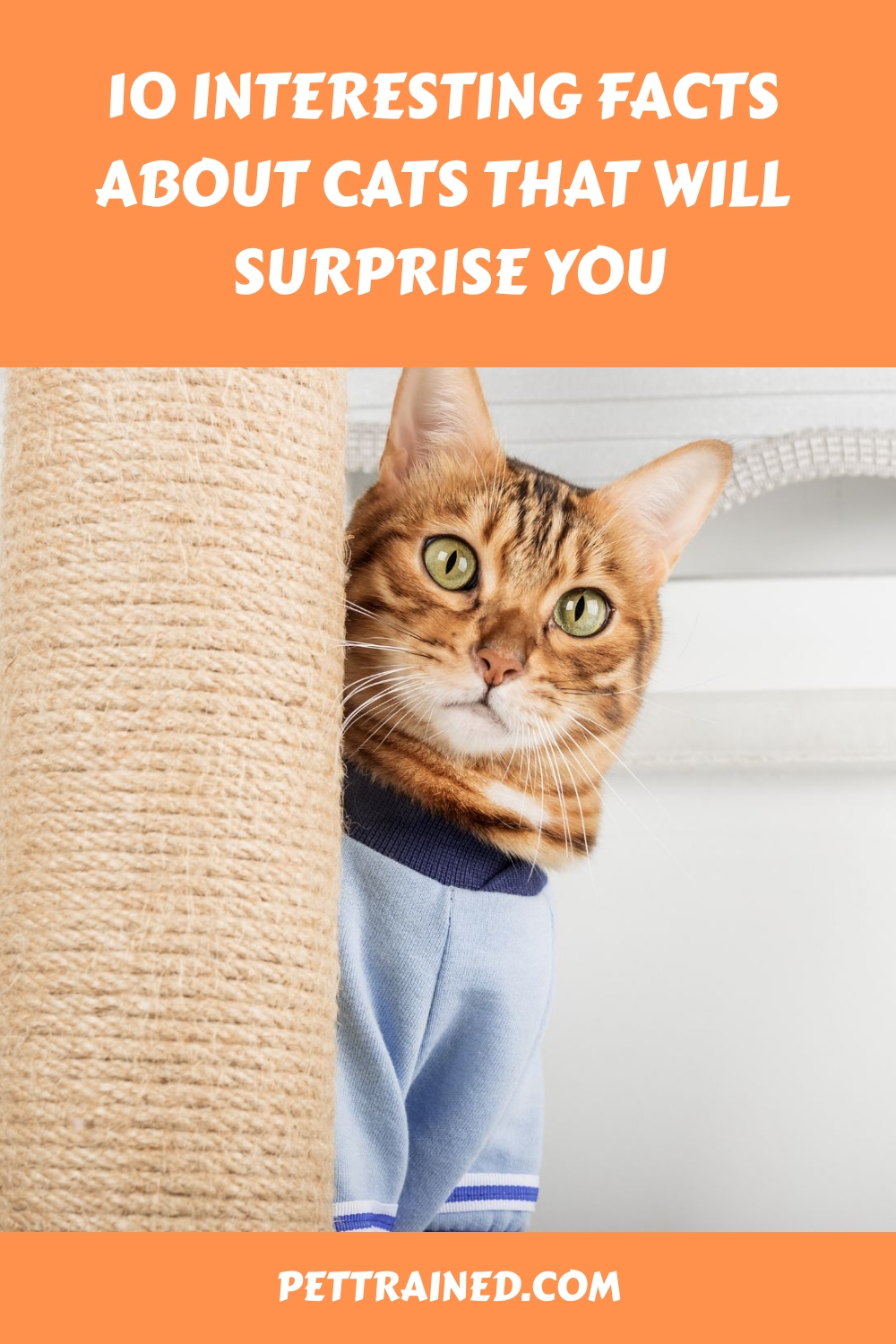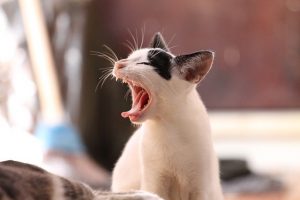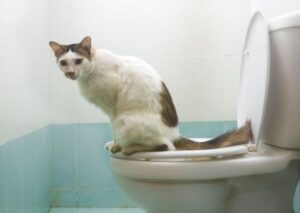You’re probably aware that cats are mysterious and intriguing, but there are some little-known facts about them that might take you by surprise. Did you know that their righting reflex allows them to land on their feet almost every time they fall?
Or that their vocalizations aren’t just random meows but a sophisticated way to communicate with humans and other cats?
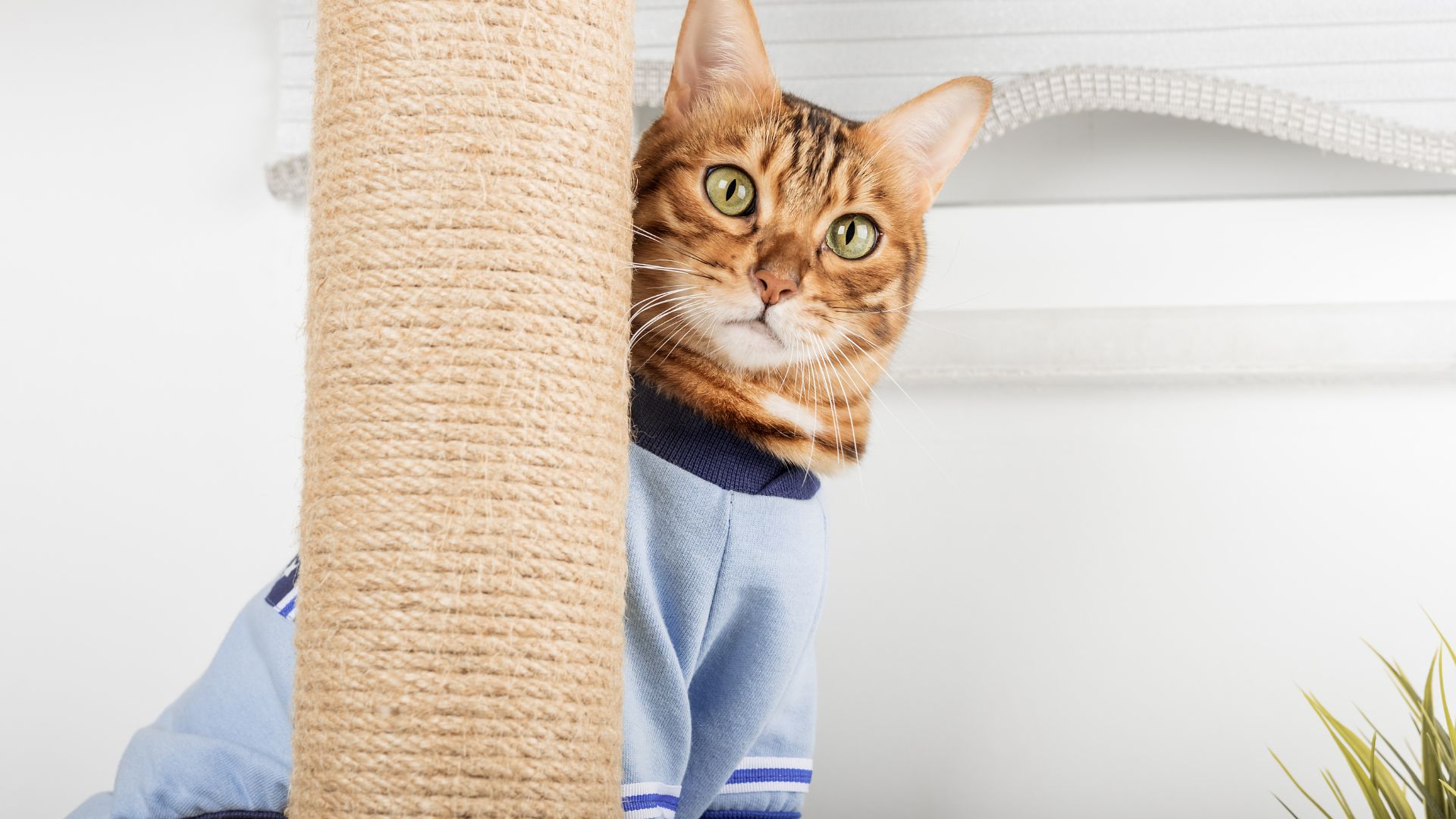
These are just the beginning. Cats have unique traits, from their superior night vision to their ancient history with humans, that make them more fascinating than you might think. Curious to uncover more? Let’s explore further.
Table of Contents
1. Cats Have a Strong Reflex
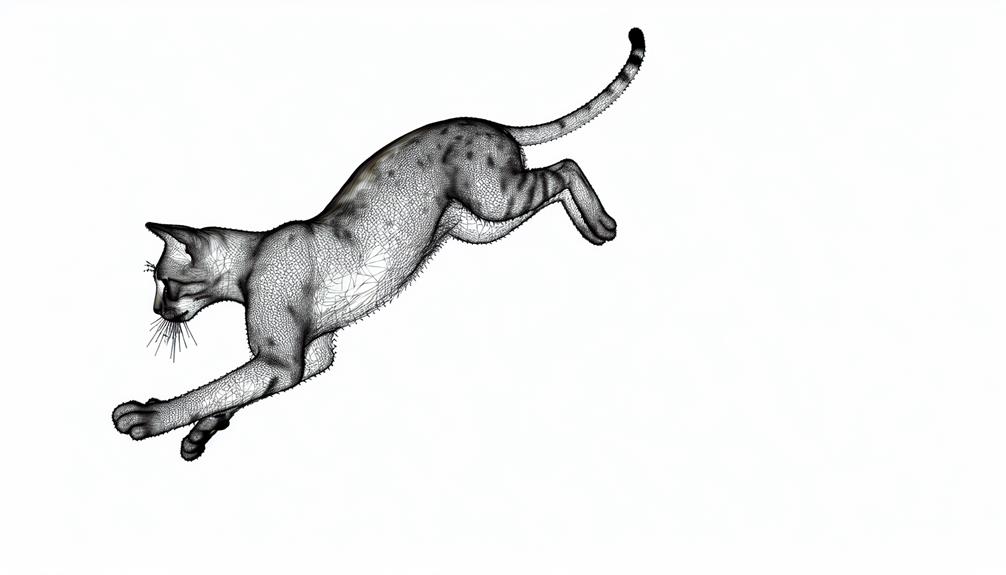
Cats possess an extraordinary righting reflex that enables them to land on their feet during a fall. This reflex is a testament to their quick reflexes and finely tuned predator instincts.
When a cat begins to fall, its body undergoes a rapid sequence of movements to reorient itself mid-air. The process starts with the head and spine, which adjust to make sure the feet are positioned downward.
This post contains affiliate links. However all the information provided on this site are my own honest opinions. See more in Disclaimer.
You’ll notice that cats have a flexible backbone and lack a collarbone, both of which contribute to their ability to twist their bodies more fluidly than other animals.
This flexibility, combined with their innate balance, makes them exceptional at righting themselves during a fall.
Their quick reflexes allow them to make the necessary adjustments in milliseconds, minimizing the risk of injury.
Further, these impressive abilities aren’t just useful for landing on their feet. They’re integral to a cat’s predatory lifestyle, enabling them to navigate complex environments while hunting.
Their agility and reflexes also help them escape potential threats, making them efficient, adaptable predators.
Understanding this aspect of feline physiology highlights the remarkable nature of their physical capabilities.
2. Unique Vocalizations
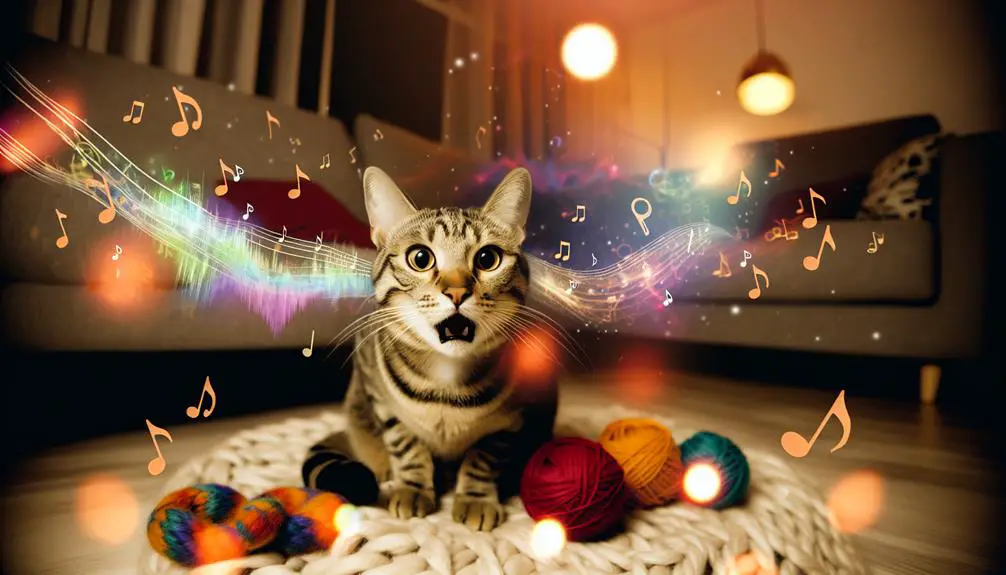
One fascinating aspect of feline behavior is their ability to produce a wide range of unique vocalizations. Cats don’t just meow; they’ve an entire repertoire of sounds that they use to communicate.
You may have noticed that your cat’s meows sound different depending on what they want.
This is because cats develop what’s known as meow dialects. These variations in pitch, length, and volume can convey different messages to their human companions, making each cat’s vocalizations uniquely tailored to their environment and experiences.
In addition to meowing, cats also produce chirping sounds, especially when they spot birds or other small prey from a window.
This chirping is believed to be a mix of excitement and frustration because they can’t reach their target. It’s a high-pitched, staccato sound that’s quite distinct from their usual vocalizations and serves as a fascinating glimpse into their hunting instincts.
Understanding these vocalizations can help you better interpret your cat’s needs and emotions.
By paying attention to their meow dialects and chirping sounds, you can gain deeper insights into their behavior and strengthen your bond with your feline friend.
3. Cats Have Superior Night Vision

Marvel at how your feline companion navigates the darkest corners of your home with ease, thanks to their superior night vision.
Cats possess an extraordinary ability to see in low light conditions, which is primarily due to the presence of the tapetum lucidum, a specialized layer of cells located behind the retina.
The tapetum lucidum reflects light that passes through the retina back into the eyes, effectively amplifying available light and enhancing their night vision.
Additionally, cats have a high number of rod cells in their retinas – these are the photoreceptor cells responsible for detecting light and motion.
Rod cells are more sensitive to low light than cone cells, the photoreceptors that detect color, which means cats can see better in dim conditions compared to humans.
While human eyes rely more heavily on cone cells, cats’ reliance on rod cells allows them to detect even the slightest movements in near darkness.
This unique combination of the tapetum lucidum and a high concentration of rod cells equips cats with the remarkable ability to see in environments where humans would be virtually blind.
So, next time your cat moves effortlessly in pitch-black surroundings, remember it’s their superior night vision at work.
4. Cats Have Sensitive Whiskers
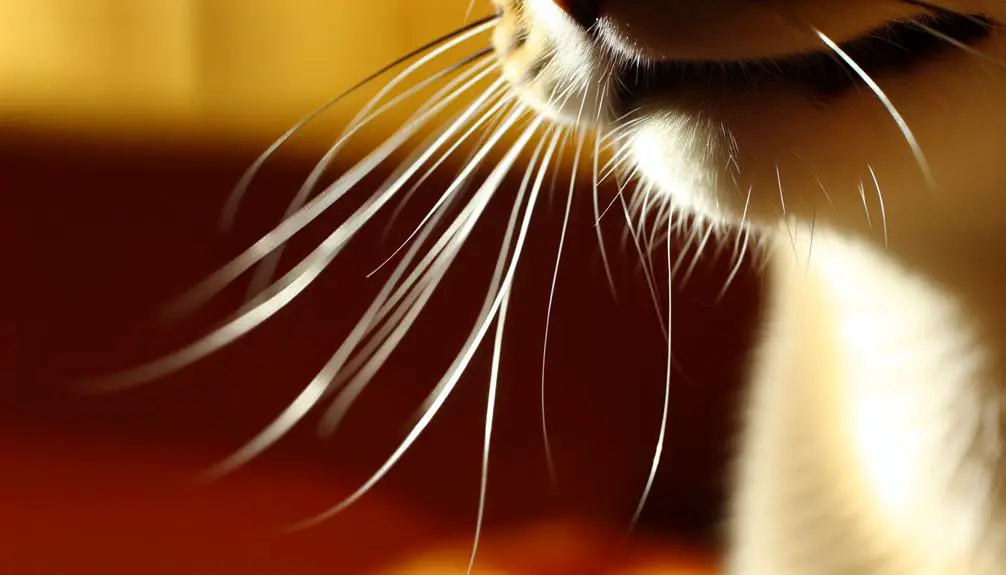
Ever noticed how a cat’s whiskers twitch and quiver as they explore their surroundings? These remarkable tactile hairs, or vibrissae, are highly sensitive and play an essential role in a cat’s daily life.
Each whisker is embedded in a follicle rich with nerve endings, allowing cats to detect even the slightest changes in their environment. This sensitivity helps them navigate tight spaces, hunt effectively, and even communicate their mood.
Whiskers aren’t just for show; they provide vital sensory input. When a cat’s whiskers brush against an object, they send signals to the brain, giving the cat a detailed map of its immediate surroundings.
This heightened sensitivity can lead to a condition known as whisker fatigue.
When a cat’s whiskers are overstimulated, they may become stressed or agitated, often exhibiting behaviors such as refusing to eat from a deep bowl or acting unusually jumpy. To prevent whisker fatigue, consider using shallow food and water dishes for your feline friend.
Understanding the function and care of these tactile hairs can significantly enhance your cat’s well-being, ensuring they remain comfortable and stress-free as they explore their world.
5. Ancient Domestication of Cats

While a cat’s whiskers are essential for their modern-day exploration, the journey of domestication began thousands of years ago when humans first started to form bonds with these independent creatures.
Initially attracted to human settlements due to the abundance of rodents, cats quickly became valuable allies in early agriculture.
Trending in Cats:
You might be surprised to learn that this relationship dates back to around 7500 BC, evidenced by archaeological findings in the Near East.
Ancient art provides a fascinating glimpse into how integral cats were to early human societies. Egyptian murals, dating back to around 2000 BC, frequently depict cats sitting beside their human companions or hunting prey.
These images highlight the mutual benefits that arose from this symbiotic relationship. In return for their hunting prowess, cats received food and shelter, creating a natural partnership that has endured for millennia.
6. Cats Purring for Healing
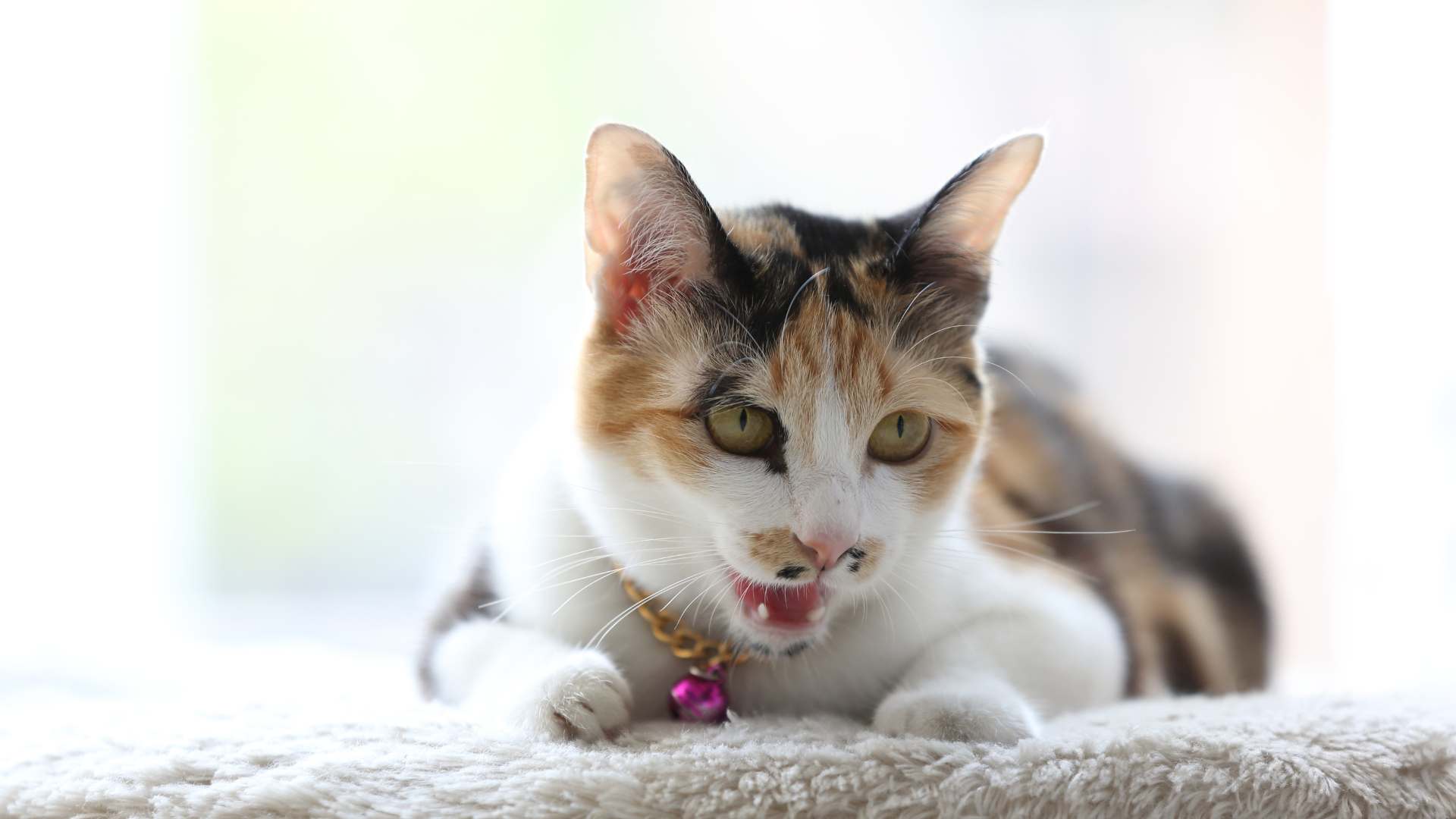
Did you know that a cat’s purr may actually have healing properties? Research has shown that the frequency range of a cat’s purr, typically between 25 and 150 Hertz, can have therapeutic effects.
This frequency range is known to promote healing in various ways, such as by accelerating tissue regeneration and reducing pain and swelling.
When a cat purrs, it doesn’t just convey contentment; it also provides stress relief for both the cat and its owner.
The act of purring can help lower blood pressure, reduce the levels of harmful stress hormones, and create a calming effect. This is why spending time with a purring cat can make you feel more relaxed and at ease.
Moreover, studies indicate that cats may purr to heal themselves. Cats often purr when they’re injured or feeling unwell, and the specific frequency range of their purrs has been linked to improved bone density and faster recovery from injuries.
7. Polydactyl Paws of Cats
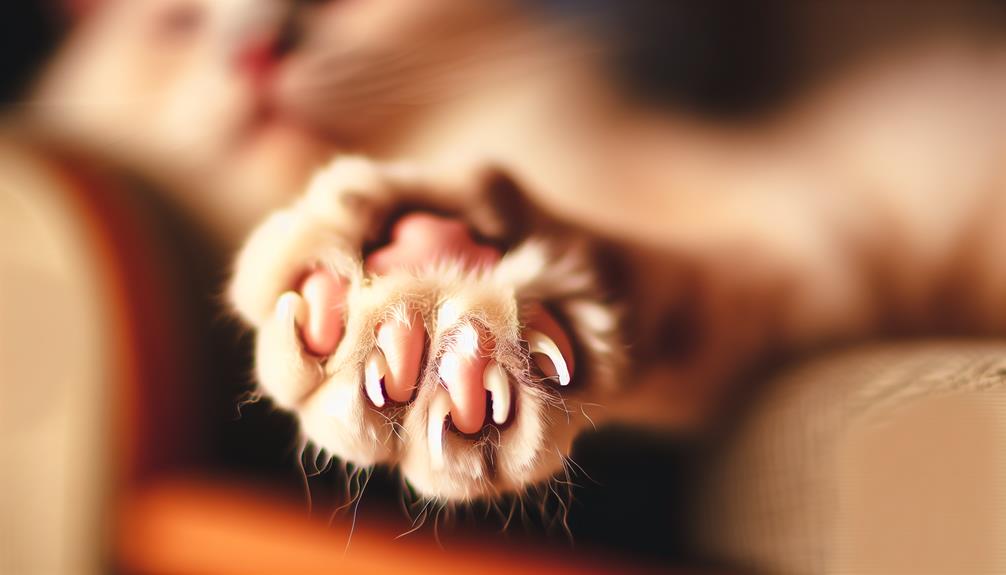
Beyond their remarkable purring abilities, cats also exhibit fascinating physical traits, such as polydactyl paws.
Polydactylism is a condition where cats are born with extra toes on one or more of their paws. While most cats have 18 toes, polydactyl cats may have as many as 28.
This unique trait is often referred to as ‘thumb cats’ due to the thumb-like appearance of the extra digits.
One famous aficionado of these unique felines was the writer Ernest Hemingway. His home in Key West, Florida, is now a museum and sanctuary for these ‘Hemingway cats.’ Here’s what makes polydactyl cats so intriguing:
- Enhanced Climbing Skills: Their extra toes can provide better grip, making them excellent climbers.
- Historical Sailors’ Companions: Sailors believed polydactyl cats brought good luck and kept them on ships to control vermin.
- Genetic Trait: Polydactylism is inherited through a dominant gene, so it’s relatively common in some cat populations.
- Wide Distribution: While they’re often associated with the eastern United States, polydactyl cats can be found worldwide.
- Unique Aesthetics: Many cat enthusiasts find their extra toes endearing and unique, adding to their charm.
Understanding polydactyl paws can deepen your appreciation for the diverse and fascinating world of cats.
8. Cat’s Have Very Communicative Tails
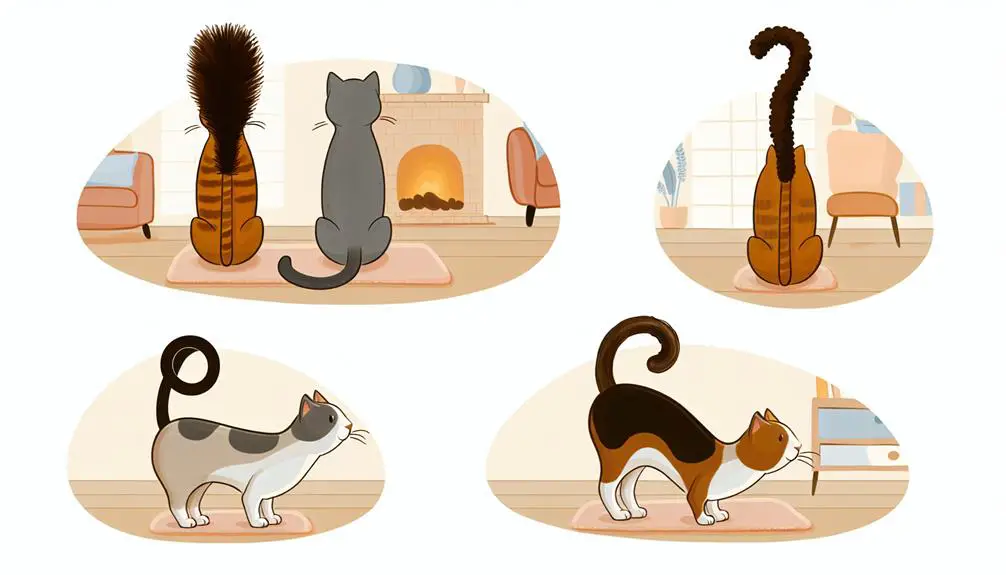
A cat’s tail serves as a vital tool for communication, expressing everything from curiosity to agitation. Understanding tail language can help you interpret your feline friend’s emotions and intentions.
When a cat’s tail is held high, it typically signals confidence and a friendly disposition. Conversely, a tail tucked between the legs often indicates fear or submission.
If you observe a cat’s tail puffed up and bristling, it’s a clear sign of aggression or fear. In contrast, a gently swaying tail usually means your cat is relaxed but alert.
Rapid, erratic tail movements can signal irritation or annoyance, suggesting it’s best to give your cat some space.
Tail signals can be subtle but are essential for understanding your cat’s mood. For example, a tail that slowly swishes back and forth might indicate that your cat is focused or curious about something.
Additionally, a tail wrapped around another cat or even you is a sign of affection and comfort.
9. Cats Have A Love for Heights

Cats have an innate love for heights, often seeking out high perches to observe their surroundings and feel secure. This behavior is deeply rooted in their instincts as both predators and prey.
Their climbing prowess allows them to navigate vertical spaces with ease, making high places an essential part of their environment.
You might notice your cat perched on top of a bookshelf or a high countertop. This vertical exploration isn’t just for fun; it’s a strategic move that offers them a vantage point to monitor their territory and potential threats.
High perches also provide a sense of safety and comfort, reducing stress and anxiety.
Consider the following benefits of providing elevated spaces for your feline friend:
- Enhanced security: Cats feel safer when they can observe their environment from a high vantage point.
- Reduced stress: High perches help cats feel more relaxed and less anxious.
- Exercise: Climbing and jumping contribute to your cat’s physical health.
- Stimulation: Vertical exploration keeps your cat mentally engaged.
- Territory management: Multiple levels help cats establish and manage their territory.
Incorporating vertical spaces in your home can greatly enhance your cat’s well-being, leveraging their natural climbing prowess and love for heights.
10. Cats Have Unique Grooming Habits
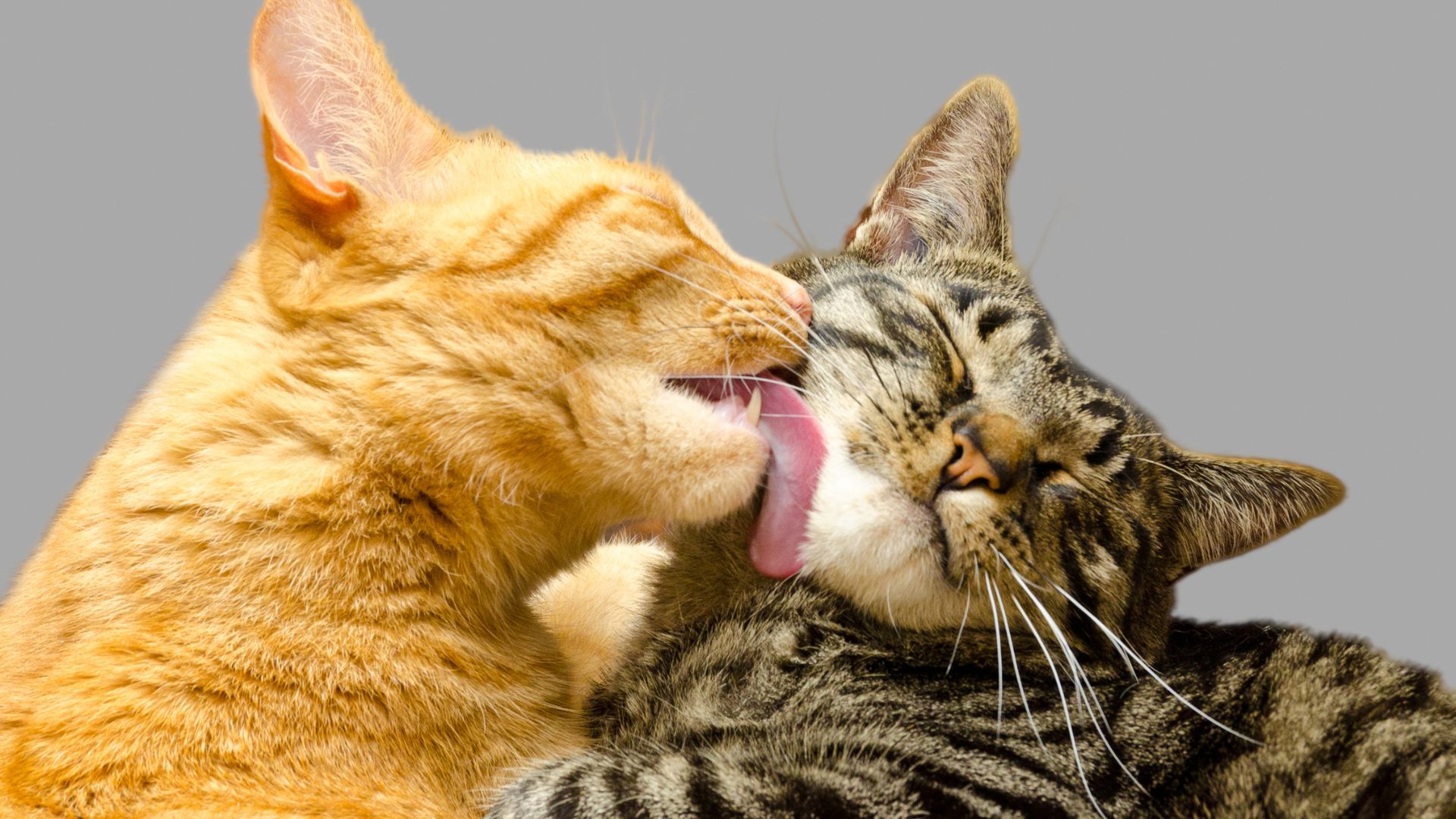
When observing your feline friend, you’ll notice their grooming habits are both meticulous and unique.
Cats spend a significant portion of their day grooming themselves, utilizing their barbed tongues to remove dirt, loose fur, and parasites from their coats.
These tiny, hook-like structures on their tongues are designed to comb through fur efficiently, ensuring they stay clean and well-maintained.
Cats’ grooming isn’t just about cleanliness; it’s a form of self-cleaning that serves multiple purposes.
The act of grooming helps regulate their body temperature by spreading natural oils across their fur, which also keeps their coat shiny and water-resistant.
Additionally, grooming can be a calming activity for cats, reducing stress and helping them relax.
Interestingly, cats also use grooming as a social activity. You might observe your cat grooming other cats or even you, which signifies trust and affection.
This mutual grooming, or allogrooming, strengthens social bonds within their group.
Understanding these grooming habits can help you better care for your cat. Regular brushing can reduce hairballs and keep your cat’s coat in ideal condition, complementing its natural self-cleaning behavior.
